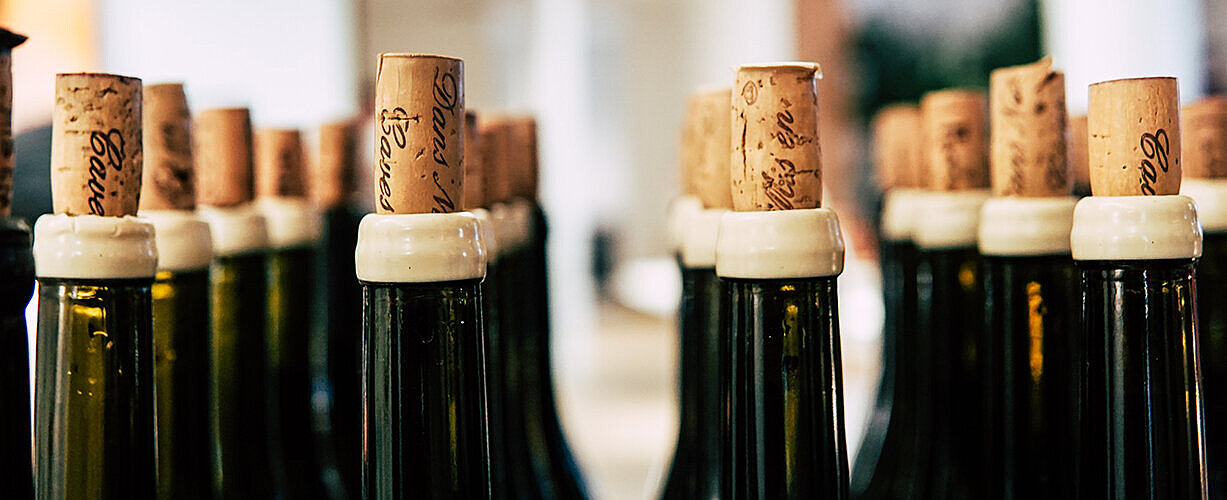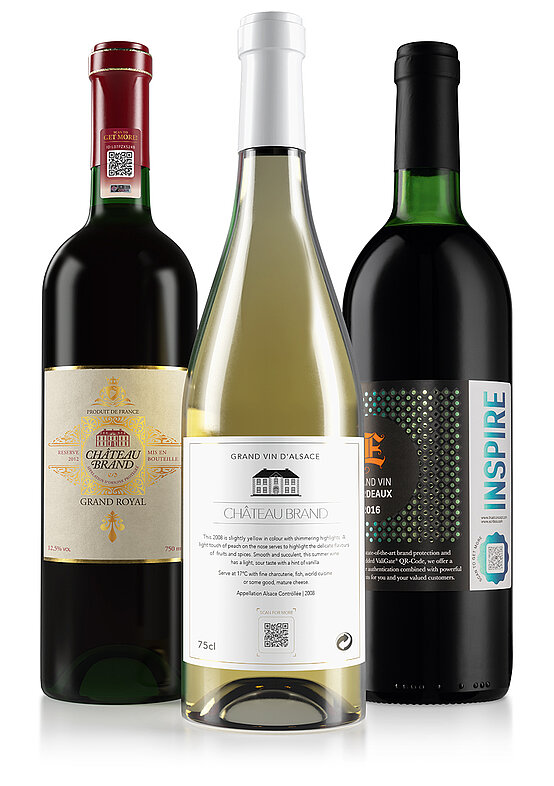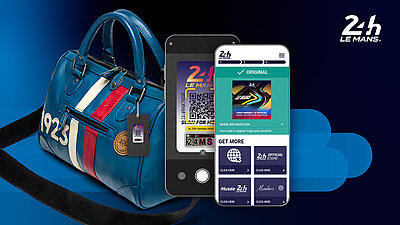Wine Labelling: A New EU Regulation Is Coming into Force in 2024

The main changes introduced by the regulation include:
- Obligatory listing of ingredients and nutritional information:
Wine producers must now list the ingredients used in the production of the wine on the label, including the percentage of each ingredient used. Additionally, they must provide nutritional information such as energy value, fat, carbohydrates, sugars, protein and salt content per 100ml or per serving.
- Allergen information:
Wine producers must also list any allergens that may be present in the wine, such as sulphites, milk or eggs.
Overall, the new labelling requirements aim to provide consumers with more information about the wine they are purchasing, including ingredients, nutritional information and allergens. This information can help consumers make more informed choices and also helps to promote transparency in the wine industry.
This information must be provided on the wine bottle or a labels directly applied to the product packaging. Thereby, there is a distinction between what information must appear on the actual physical wine labels and what information can be provided by electronic means.
The regulation allows for certain information to be provided via electronic means, provided that certain conditions are met:
“In order to provide a higher level of information to consumers, the compulsory particulars under Article 119 of Regulation (EU) No 1308/2013 should include a nutrition declaration and a list of ingredients. However, producers should have the option of limiting the contents of the nutrition declaration on the package or on a label attached thereto to only the energy value and of making the full nutrition declaration and the list of ingredients available by electronic means, provided that they avoid any collection or tracking of user data and do not provide information aimed at marketing purposes. However, the option of not providing a full nutritional declaration on the package or on a label attached thereto should not affect the existing requirement that the label list substances causing allergies or intolerances. In Article 122 of Regulation (EU) No 1308/2013, the power to adopt acts in accordance with Article 290 TFEU should be delegated to the Commission in respect of supplementing Regulation (EU) No 1308/2013 by laying down rules for the indication and designation of ingredients. The marketing of existing stocks of wine should be allowed to continue after the dates of application of the new labeling requirements until those stocks are exhausted. Operators should be allowed sufficient time to adjust to the new labeling requirements before they become applicable.”
In easier words, the regulation determines that the content of physical labels placed on the wine bottle can be limited to a nutrition declaration of the energy value (roughly similar to a declaration of “calories” in the US) by using the symbol “E”. The full nutrition declaration and ingredient list can be provided by electronic means identified on the label itself, such as a QR code or an URL.
There are however three limitations to this general rule:
- The listing of ingredients causing allergies and intolerances must be on the “physical” label
- Electronic labels cannot contain any information intended for sales and marketing purposes
- No user data can be collected or tracked through electronic means
This means that wine producers are not allowed to link to their own websites or apps to host the nutrition information, as they contain information intended for sales and marketing purposes and usually track some sort of user data.
Therefore, electronic labels have to be hosted on an independent platform that includes no marketing or sales info and no function for user tracking.
In sum, wine producers should make sure that any information provided via electronic means must be accurate, up-to-date, and easily accessible to the consumer. Additionally, the use of electronic means must not hinder the consumer's ability to make informed purchasing decisions or to access the required information.
These requirements apply to all products placed on the EU market whether they are produced in the EU or imported from a third country, including wines produced in the European Union and exported outside of the European Union. Wine produced and labeled before 8 December 2023 may continue to be placed in the EU market until stocks are exhausted.
Non-compliance with theses label requirements can lead to the removal of a wine producer’s products from the market.
So what exactly are your options to fulfill the regulation?
- Include all required information on the label (as stated in the first paragraph)
- Include energy information on label and provide rest of information via electronic means, which can come in the form of a QR code or URL
What does the KURZ SCRIBOS brand offer to fulfill the regulation?
Together with our partners vin.co and U-Label, you can fulfill both the EU regulation, as well as protect your wine from counterfeiting, grey market trading and overproduction.
Both partners help you digitize your product information and display this information in the language the user requires. Their platforms can easily be combined with any SCRIBOS solution, which can either be placed as label or directly printed on your packaging. The consumer therefore can simply scan the QR code and is redirected to a web page where they can view all the information in their own language.
Furthermore, we will provide:
- a customized web page per operator or per wine region
- different information depending on place of scan (inside or outside EU) or SKU
- authentication of each bottle
- smooth implementation at brand owner’s trusted printshop
- management of production information (batch code, date of bottling etc.)
Learn more about our solutions for the wine market here
Contact us for more information: hello@kurz-scribos.com





